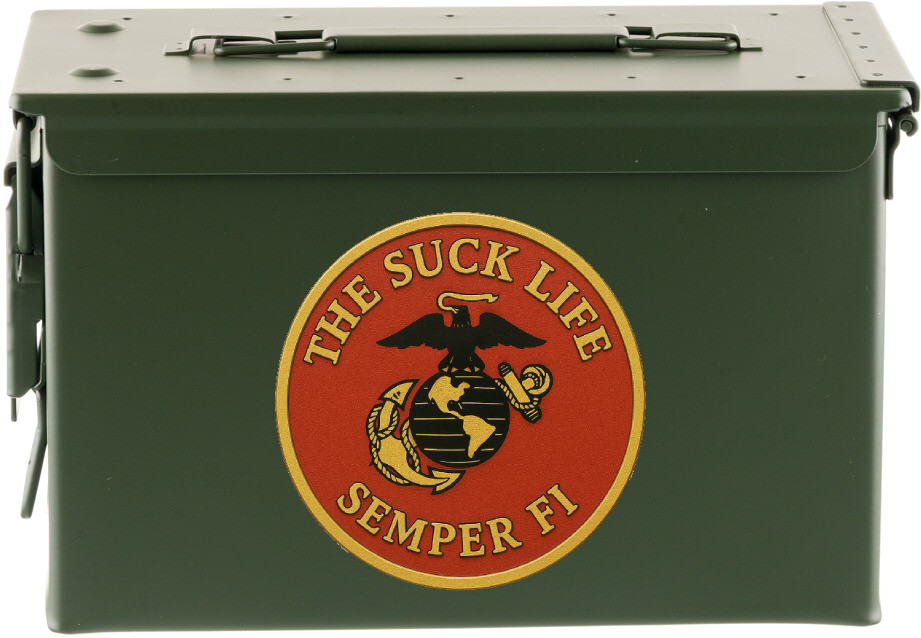In late January 1968, as Vietnam prepared to celebrate Tet, the lunar new year, North Vietnamese and Viet Cong forces launched a coordinated offensive across South Vietnam. Nowhere would the fighting be more brutal, sustained, or costly than in the ancient imperial capital of Hue.
On the morning of January 31st, approximately 10,000 enemy troops infiltrated Hue and seized control of most of the city. The historic Citadel, with its massive walls built in the early 1800s, became a fortress for North Vietnamese regulars who raised their flag over the Imperial Palace. For the U.S. Marines who would be called upon to retake the city, this would become the closest thing to World War II-style urban combat that the Vietnam War ever produced.
The Marines who entered Hue on January 31st thought they were conducting a relief operation. Task Force X-Ray, including companies from the 1st and 5th Marine Regiments, quickly discovered they had walked into a full-scale battle. The city’s narrow streets, thick-walled buildings, and the ancient Citadel’s fortifications negated most American advantages in firepower and mobility. Helicopters couldn’t safely land. Artillery had to be used sparingly to avoid destroying the cultural treasures. This would be a grunt’s fight, measured in yards rather than miles.
Marines trained for jungle warfare suddenly found themselves fighting block by block, house by house, sometimes room by room. They kicked down doors, cleared buildings with grenades and M16s, and learned urban warfare tactics on the fly. The enemy was well-entrenched, disciplined, and determined. Many were NVA regulars, not guerrillas, and they fought with the skill and tenacity of professional soldiers defending prepared positions.
The weather turned against the Marines as well. Monsoon rains reduced visibility, grounded air support, and turned the rubble-strewn streets into muddy channels. Supply lines were constantly under fire. Casualties mounted steadily. Marines went days without hot food or dry clothes, sleeping in the ruins of buildings they’d just captured, knowing the enemy was doing the same one street over.
One of the most iconic images of the battle shows Marines raising the American flag over the Citadel on February 24th, reminiscent of Iwo Jima. But that photograph represented three and a half weeks of the most intense fighting Marines had experienced since Korea. Company commanders became platoon leaders as officers fell. Platoons became squads. Every piece of ground was paid for.
The battle finally ended on March 2nd, 1968. The Marines had prevailed, but the cost was staggering. The 1st and 5th Marine Regiments suffered 147 Marines killed and over 850 wounded. ARVN forces lost hundreds more. The city of Hue lay in ruins, with perhaps 80% of its buildings destroyed or heavily damaged. Civilian casualties numbered in the thousands, including approximately 2,800 South Vietnamese civilians massacred by communist forces during their occupation.
For the Marines who fought there, Hue represented something different from the rest of their Vietnam experience. There was a front line. There was territory to take and hold. There was an enemy you could see and engage in sustained combat. In some ways, it was a more traditional battle than anything else in that war. But traditional or not, it was absolutely brutal. Many veterans of the Battle of Hue still consider it the toughest fighting of their lives.
The battle also marked a turning point in American public perception of the war. While U.S. and South Vietnamese forces ultimately won a tactical victory, the sheer ferocity of the communist offensive and the devastation of Hue shocked Americans watching on television. The image of Marines fighting building to building in a devastated city contradicted official narratives about progress in the war.
Today, the Battle of Hue stands as a testament to the courage and resilience of the Marines who fought there. They were asked to do an incredibly difficult job under the worst possible conditions, and they did it. The city was retaken, the enemy defeated, but the scars—both on the city and on the men who fought there—would last for decades.
Semper Fi!

Ads suck. This site is 100% ad-free and reader-supported.
If this article added value to your day or meant something to you, toss a couple bucks in the ammo can to keep us in the fight. Thank you.




 Semper Fidelis
Semper Fidelis

